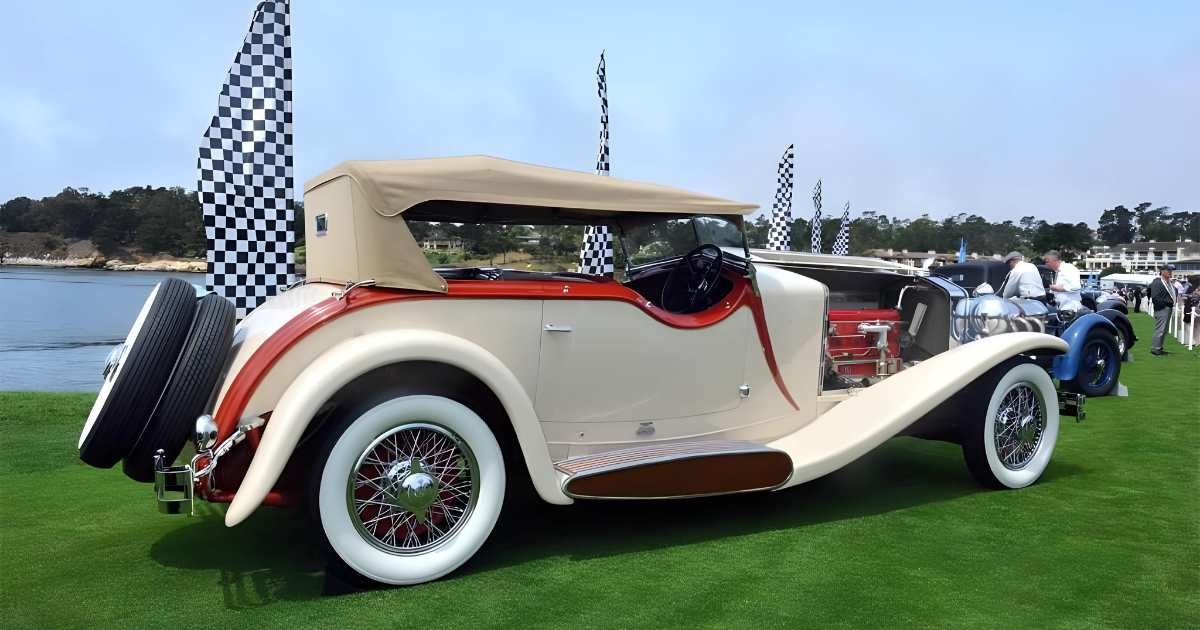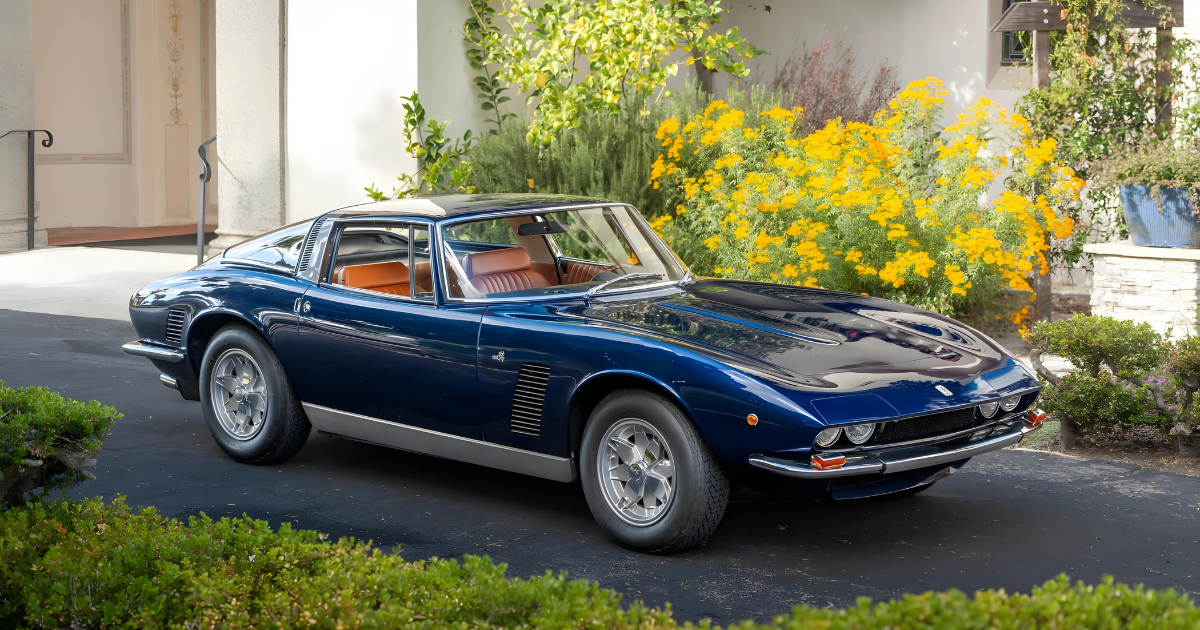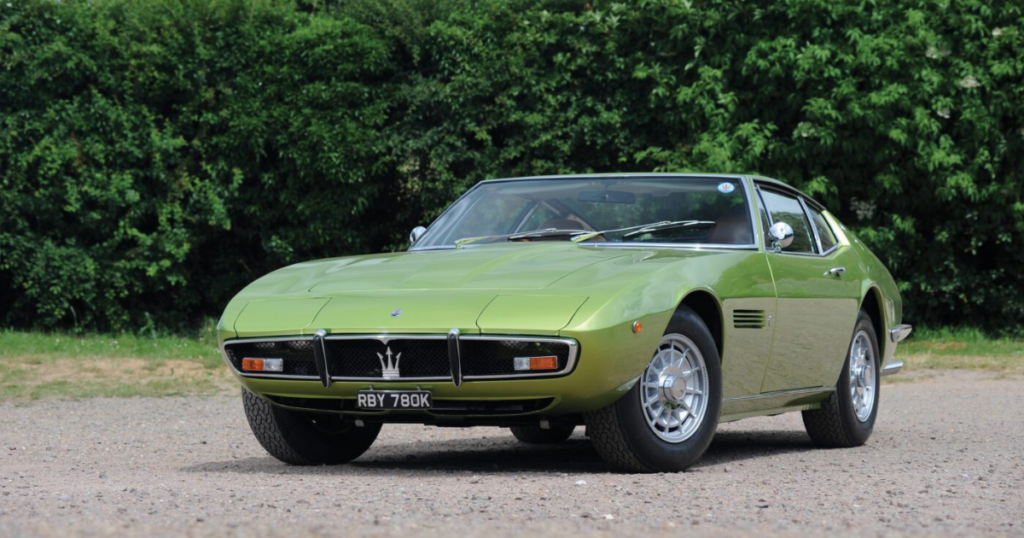
The Maserati Ghibli, an automotive icon of the 1960s, epitomizes a blend of Italian elegance, performance prowess, and enduring allure that continues to captivate enthusiasts and collectors alike. Introduced at the Turin Motor Show in November 1966, the Ghibli made an immediate impression with its striking design, courtesy of Giorgetto Giugiaro at Carrozzeria Ghia. Named after the hot Sahara wind, this sleek coupe was not just a car; it was a statement of Maserati’s commitment to combining speed with style.
Measuring over 4.5 meters in length and 1.8 meters in width, the Ghibli’s most distinctive feature was its remarkably low height, achieved through innovative engineering choices. These included a dry-sump lubrication system for the engine, which allowed for a lower profile, and a suspension setup with limited travel to accommodate the tires. This contributed to its aggressive stance and aerodynamic efficiency, essential for achieving its impressive top speed of close to 170 mph (275 km/h).
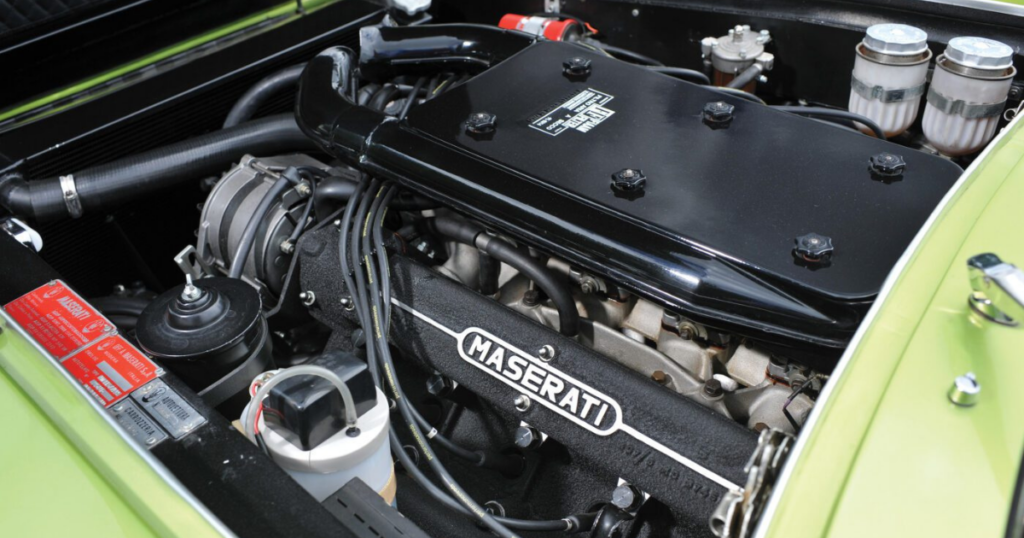
Underpinning the Ghibli was a chassis based on a shortened version of the Quattroporte saloon’s platform. Despite using a live rear axle and opting for leaf springs and a single locating arm—a setup considered less sophisticated compared to independent suspension—the Ghibli delivered exceptional handling dynamics that complemented its straight-line speed capabilities.
Powering this masterpiece was Maserati’s renowned four-cam, 90-degree V8 engine. Initially available in 4.7-liter displacement, it later evolved to a 4.9-liter ‘SS’ variant to meet evolving emissions standards without sacrificing performance. The engine’s design and placement ensured a balanced weight distribution, enhancing stability and cornering prowess—a hallmark of Italian sports car engineering.
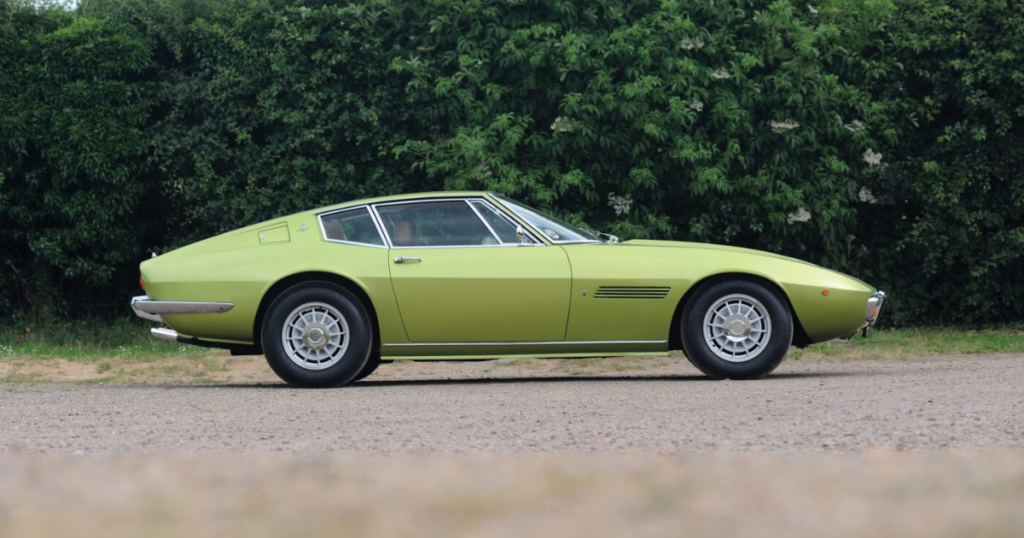
In terms of performance, the Ghibli was more than just a rival to its contemporaries like the Ferrari Daytona. It sprinted from 0 to 100 mph (160 km/h) in under 16 seconds, propelled by abundant torque and a willingness to unleash its power across the rev range. This made it not only a thrilling car to drive but also a formidable competitor on both road and track.
Beyond its mechanical excellence, the Maserati Ghibli was celebrated for its aesthetics. With sleek lines, a purposeful stance, and a luxurious interior that reflected Italian craftsmanship, it embodied the spirit of 1960s automotive design. Its allure was not just in its performance figures but in the way it made a statement about its owner’s appreciation for automotive artistry and engineering sophistication.
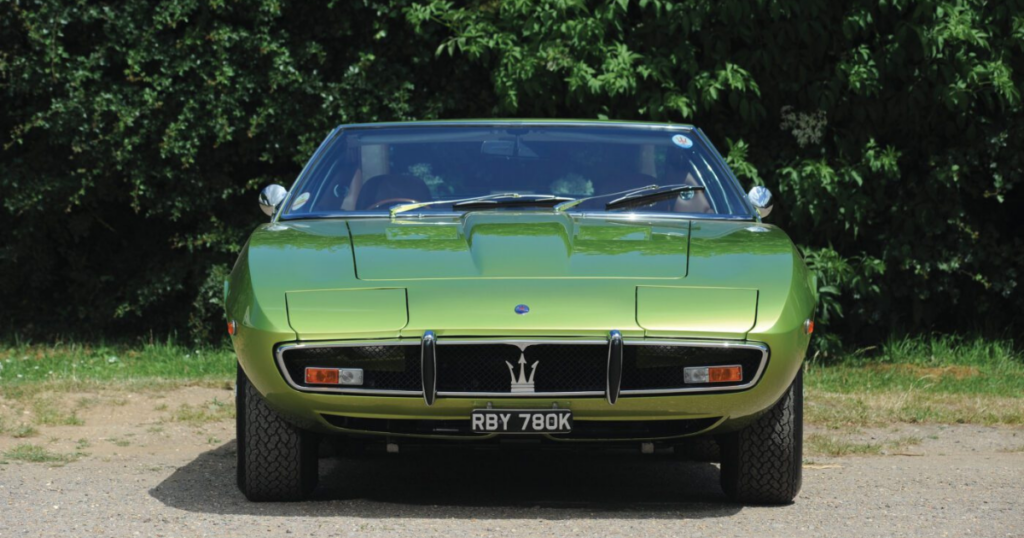
Even half a century after its debut, the Ghibli maintains its status as a timeless classic. Its rarity, combined with its historical significance and enduring beauty, has cemented its place in automotive history. For collectors and enthusiasts, owning a Ghibli is not just about possessing a car; it’s about preserving a piece of automotive heritage—an era when passion, innovation, and craftsmanship converged to create automotive legends.
In conclusion, the Maserati Ghibli remains a shining example of automotive excellence from the 1960s. With its blend of performance, style, and engineering innovation, it continues to inspire admiration and respect among those who appreciate the finer aspects of motoring history. As a top contender for the title of ‘most handsome car of the 1960s’, the Ghibli’s legacy endures as a testament to Maserati’s commitment to pushing boundaries and creating cars that are not just modes of transportation but works of art.


